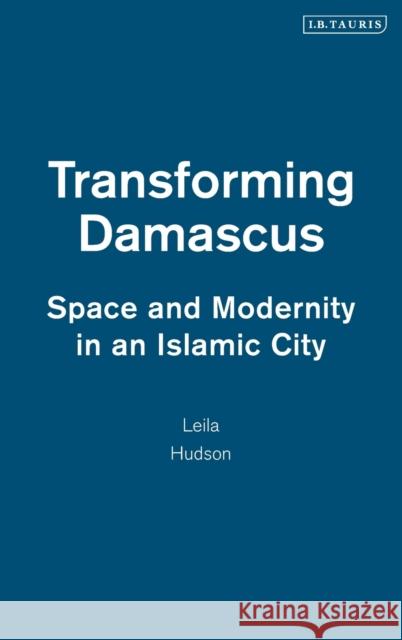Transforming Damascus: Space and Modernity in an Islamic City » książka
Transforming Damascus: Space and Modernity in an Islamic City
ISBN-13: 9781845115791 / Angielski / Twarda / 2008 / 200 str.
In 1860 Damascus was a sleepy provincial capital of the weakening Ottoman Empire, a city defined in terms of its relationship to the holy places of Islam in the Arabian Hijaz and its legacy of Islamic knowledge. Yet by 1918 Damascus had become a seat of Arab nationalism and a would-be modern state capital. How can this metamorphosis be explained? Here Leila Hudson describes the transformation of Damascus. Within a couple of generations the city changed from little more than a way-station on the Islamic pilgrimage routes that had defined the city's place for over a millennium. Its citizens and notables now seized the opportunities made available through transport technology on the eastern Mediterranean coast and in the European economy. Shifts in marriage patterns, class, education and power ensued. But just when the city's destiny seemed irrevocably linked to the Mediterranean world and economy, World War I literally starved the urban centre of Damascus and empowered its Bedouin hinterland. The consequences shaped Syria for the rest of the twentieth century and beyond.











